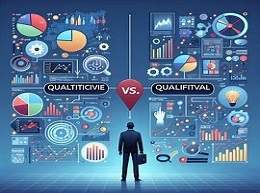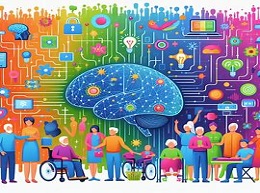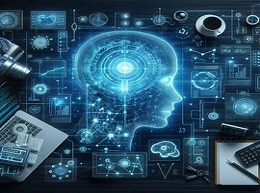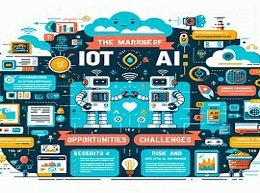Understanding Bias in Algorithms: A Deep Dive
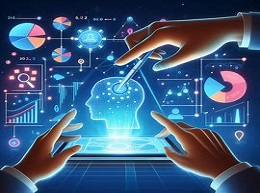
The Pervasiveness of Algorithmic Bias
In an increasingly digitized world, algorithms play a pivotal role in shaping various aspects of our lives, from the content we see online to the decisions made in critical domains such as finance, healthcare, and criminal justice. However, behind the façade of neutrality lies a troubling reality: algorithms can be biased, perpetuating and amplifying societal inequalities. In this article, we embark on a journey to understand the nuanced nature of algorithmic bias, exploring its origins, manifestations, and potential remedies.
Defining Algorithmic Bias
Before delving deeper, it's essential to define what we mean by algorithmic bias. At its core, algorithmic bias refers to systematic errors or unfairness in the outcomes produced by algorithms, resulting from unintended preferences, stereotypes, or discrimination embedded within the data or design of the algorithm itself.
Types of Bias in Algorithms
-
Data Bias: Data bias occurs when training data used to develop algorithms is unrepresentative or skewed, leading to inaccurate or unfair predictions. For example, if a facial recognition algorithm is trained predominantly on images of lighter-skinned individuals, it may exhibit higher error rates when identifying people with darker skin tones.
-
Sampling Bias: Sampling bias arises when the data used to train algorithms is not sampled randomly or does not adequately represent the population of interest. This can lead to biased outcomes that disproportionately affect certain demographic groups.
-
Algorithmic Bias: Algorithmic bias can occur due to flaws in the design or implementation of algorithms, such as the use of biased proxies or features that inadvertently discriminate against certain groups. For instance, a hiring algorithm trained on historical data may learn to favor male candidates over female candidates if past hiring decisions were biased.
Examples of Algorithmic Bias
-
Predictive Policing: In the context of law enforcement, predictive policing algorithms have been criticized for perpetuating racial biases by targeting minority communities based on historical crime data, which may reflect biased policing practices rather than actual crime rates.
-
Credit Scoring: Credit scoring algorithms used by financial institutions to assess creditworthiness have been found to exhibit racial biases, resulting in lower credit scores for individuals from marginalized communities, even when controlling for other factors such as income and credit history.
-
Healthcare Diagnostics: Healthcare algorithms used for diagnosing diseases or predicting patient outcomes may exhibit biases against certain demographic groups, leading to disparities in healthcare delivery and treatment recommendations.
Addressing Algorithmic Bias
-
Data Collection and Curation: Ensuring diverse and representative datasets are used to train algorithms can help mitigate data bias and improve the fairness of algorithmic outcomes.
-
Algorithmic Transparency and Accountability: Promoting transparency in algorithmic decision-making processes and holding developers accountable for addressing biases can help build trust and accountability in algorithmic systems.
-
Bias Detection and Mitigation Techniques: Employing techniques such as fairness-aware machine learning and bias auditing can help detect and mitigate biases in algorithms before deployment, ensuring fair and equitable outcomes for all stakeholders.
Towards Ethical AI
As algorithms continue to pervade various aspects of society, addressing algorithmic bias has become an urgent imperative. By understanding the complexities of bias in algorithms, acknowledging its impacts, and implementing proactive measures to mitigate its effects, we can strive towards a future where AI systems are not only technologically advanced but also ethically sound and socially responsible. It's imperative that we work collectively to build a future where algorithms serve as tools for empowerment rather than instruments of discrimination.




